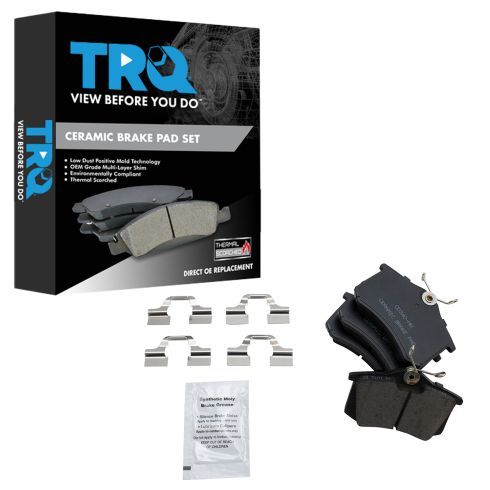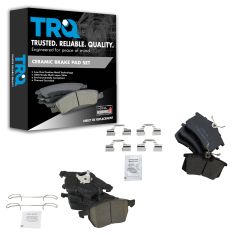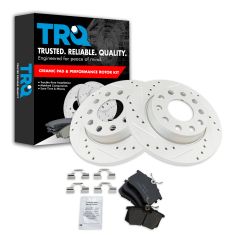1ABPS02654-VW Audi Peugeot Rear Ceramic Brake Pads TRQ BFA73200

Replaces
2005 Audi A4 Cabriolet V6 3.0L Rear Ceramic Brake Pads TRQ BFA73200

Product Reviews
Loading reviews
5.00/ 5.0
1
1review
Great as always
November 7, 2021
Perfect fitment on my 2000 Cabrio.
Customer Q&A
No questions have been asked about this item.
Audi is a registered trademark of Audi AG. 1A Auto is not affiliated with or sponsored by Audi or Audi AG.
See all trademarks.














